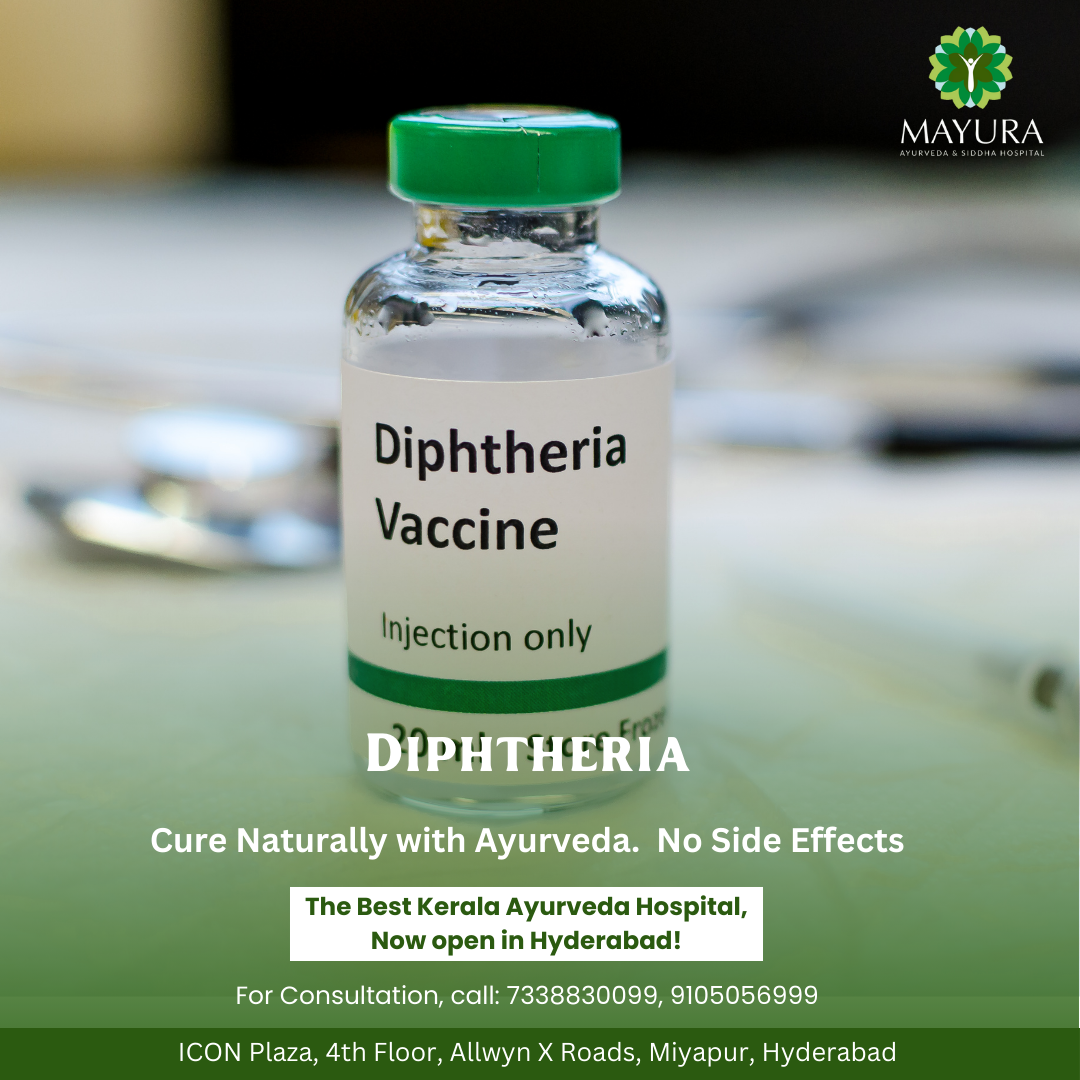Diphtheria, once a dreaded disease of the past, still lurks in certain parts of the world, posing a threat to those who are unvaccinated or under-vaccinated. This bacterial infection, caused by Corynebacterium diphtheriae, primarily affects the respiratory tract, leading to severe complications if left untreated. Understanding the nuances of diphtheria is essential for effective prevention and management.
1. Causes of Diphtheria: Diphtheria is spread through respiratory droplets or direct contact with an infected individual. The bacteria release toxins that cause tissue damage and characteristic membrane formation in the throat and nose.
2. Symptoms: Common symptoms of diphtheria include a sore throat, fever, difficulty breathing, and swollen glands in the neck. In severe cases, the characteristic grayish-white membrane can obstruct the airway, leading to life-threatening complications.
3. Treatment: Prompt diagnosis and treatment are crucial for diphtheria management. Treatment typically involves administering antibiotics to eradicate the bacteria and antitoxin to neutralize the toxins. Supportive care, including airway management and hydration, may also be necessary.
4. Prevention Strategies: Vaccination remains the most effective strategy for preventing diphtheria. The diphtheria vaccine is often administered in combination with other vaccines, such as those for tetanus and pertussis, as part of routine childhood immunization schedules. Booster doses are recommended throughout life to maintain immunity.
5. Herd Immunity: Herd immunity plays a pivotal role in protecting vulnerable populations, such as infants who are too young to be fully vaccinated or individuals with compromised immune systems. By ensuring high vaccination coverage rates within communities, the spread of diphtheria can be effectively curtailed.
6. Complications: Without timely intervention, diphtheria can lead to serious complications, including myocarditis, nerve damage, and respiratory failure. Long-term sequelae may also occur in survivors, underscoring the importance of early diagnosis and treatment.
7. Global Burden: While diphtheria has been largely controlled in many parts of the world, outbreaks still occur, particularly in regions with low vaccination rates and limited access to healthcare. Strengthening immunization programs and surveillance efforts is crucial for preventing resurgence.
8. Diagnosis: Diagnosis of diphtheria involves clinical evaluation, laboratory testing, and visualization of characteristic lesions. Rapid identification and reporting of suspected cases are essential for implementing appropriate control measures.
9. Public Health Measures: Public health measures, including outbreak response, contact tracing, and health education initiatives, are essential for containing diphtheria outbreaks and preventing further transmission.
10. Research and Development: Ongoing research efforts focus on developing improved vaccines, diagnostic tools, and treatment modalities to combat diphtheria effectively and mitigate its impact on public health.
In conclusion, diphtheria remains a significant public health concern, emphasizing the importance of vaccination, early detection, and prompt treatment. By raising awareness and implementing comprehensive prevention strategies, we can strive to eliminate diphtheria and protect future generations from its devastating effects.














































